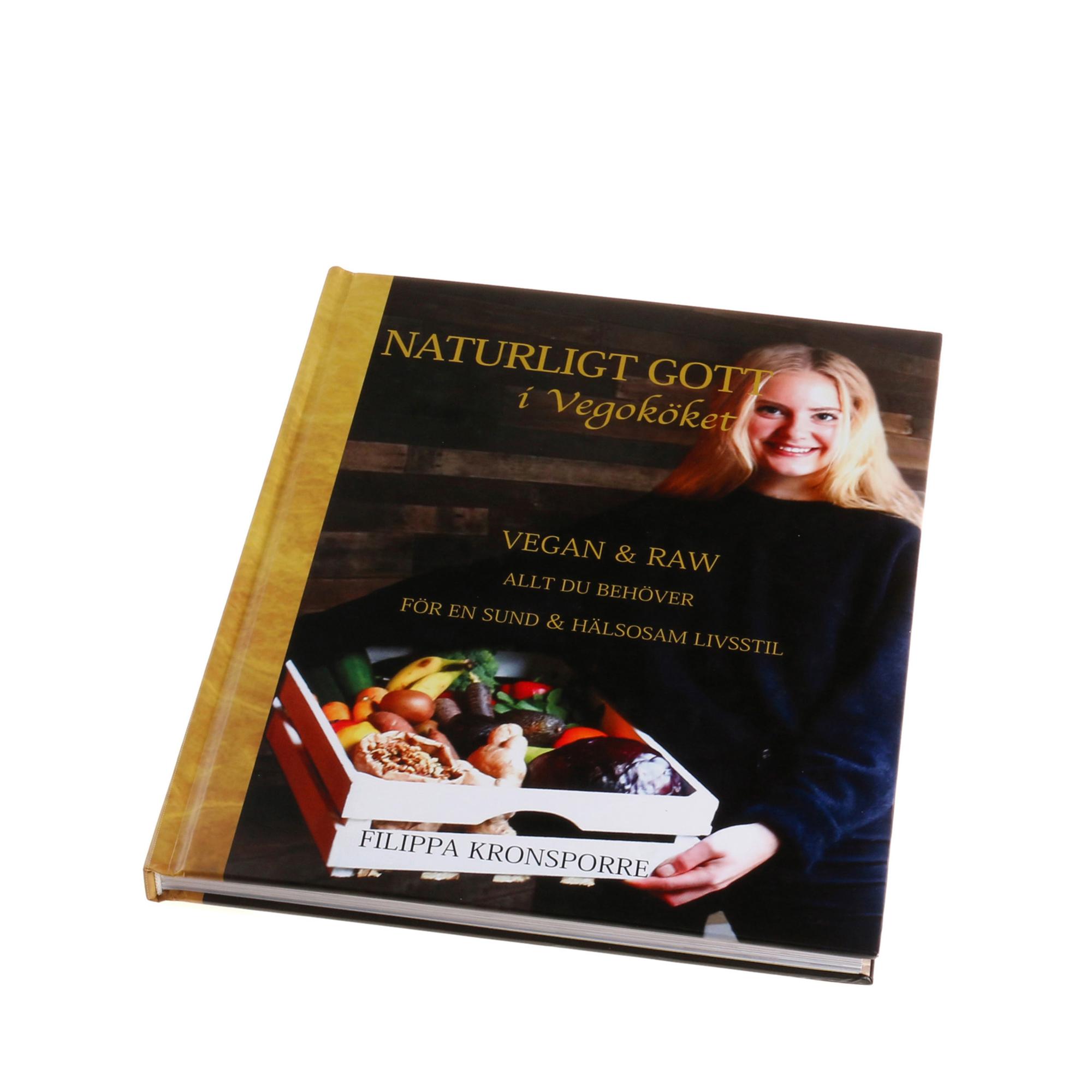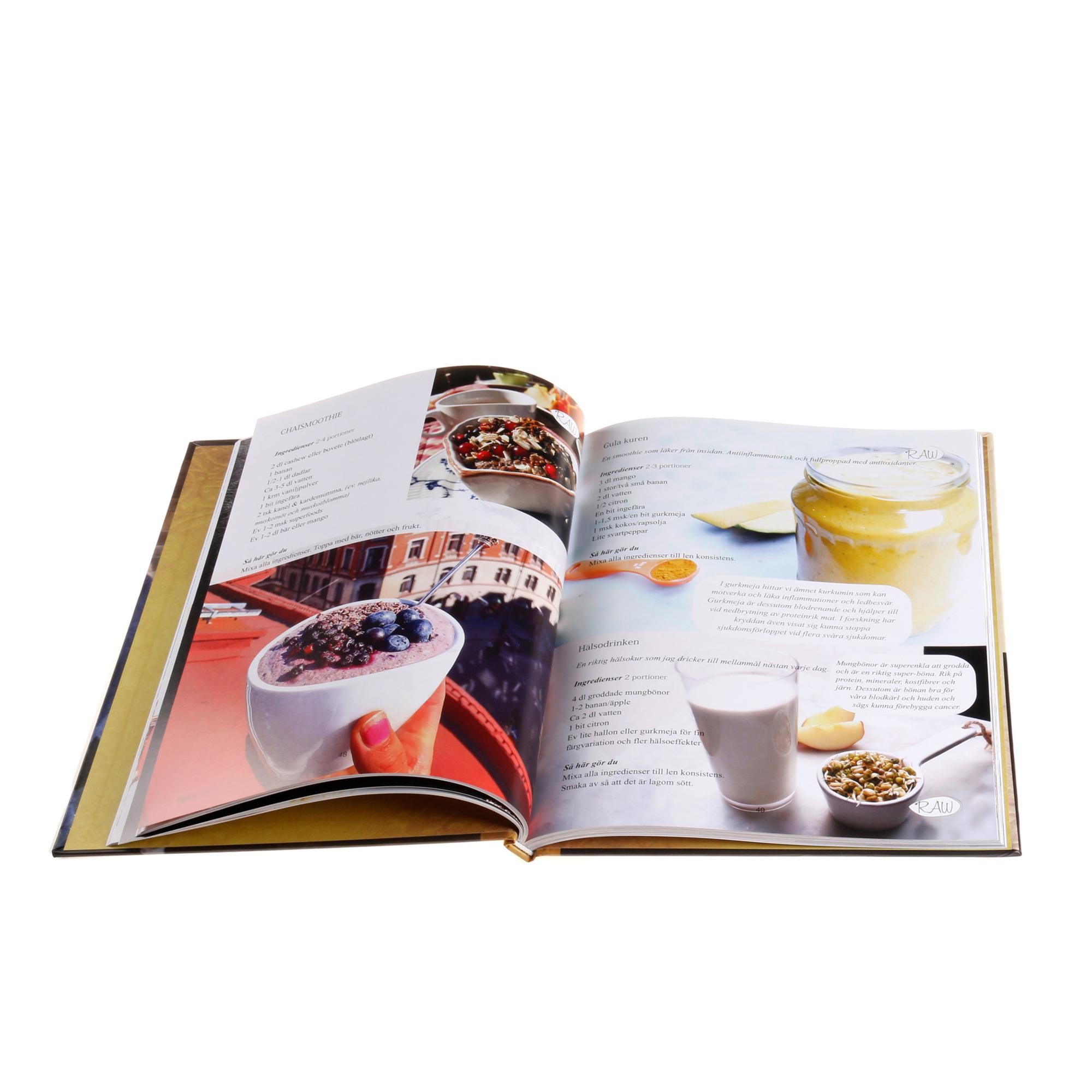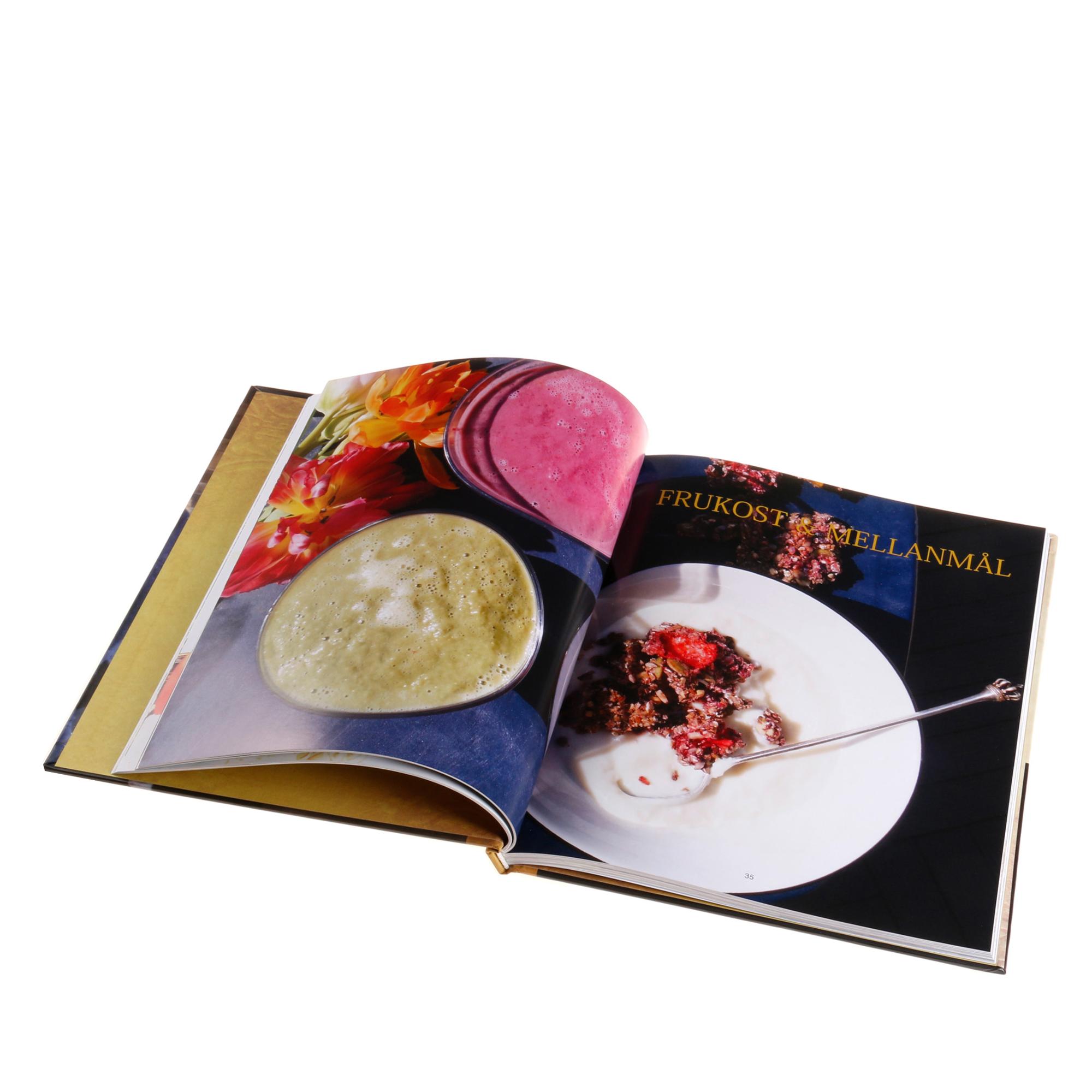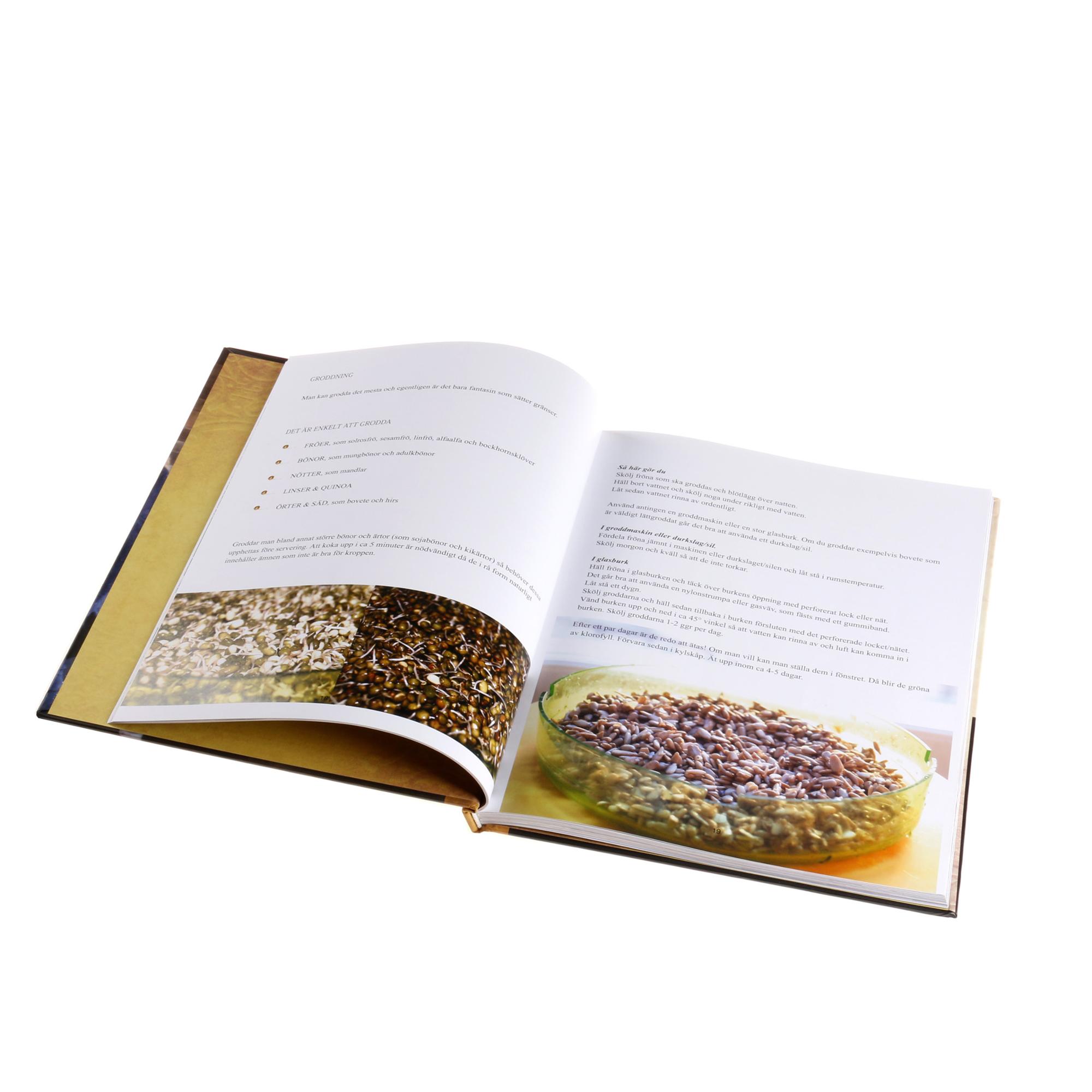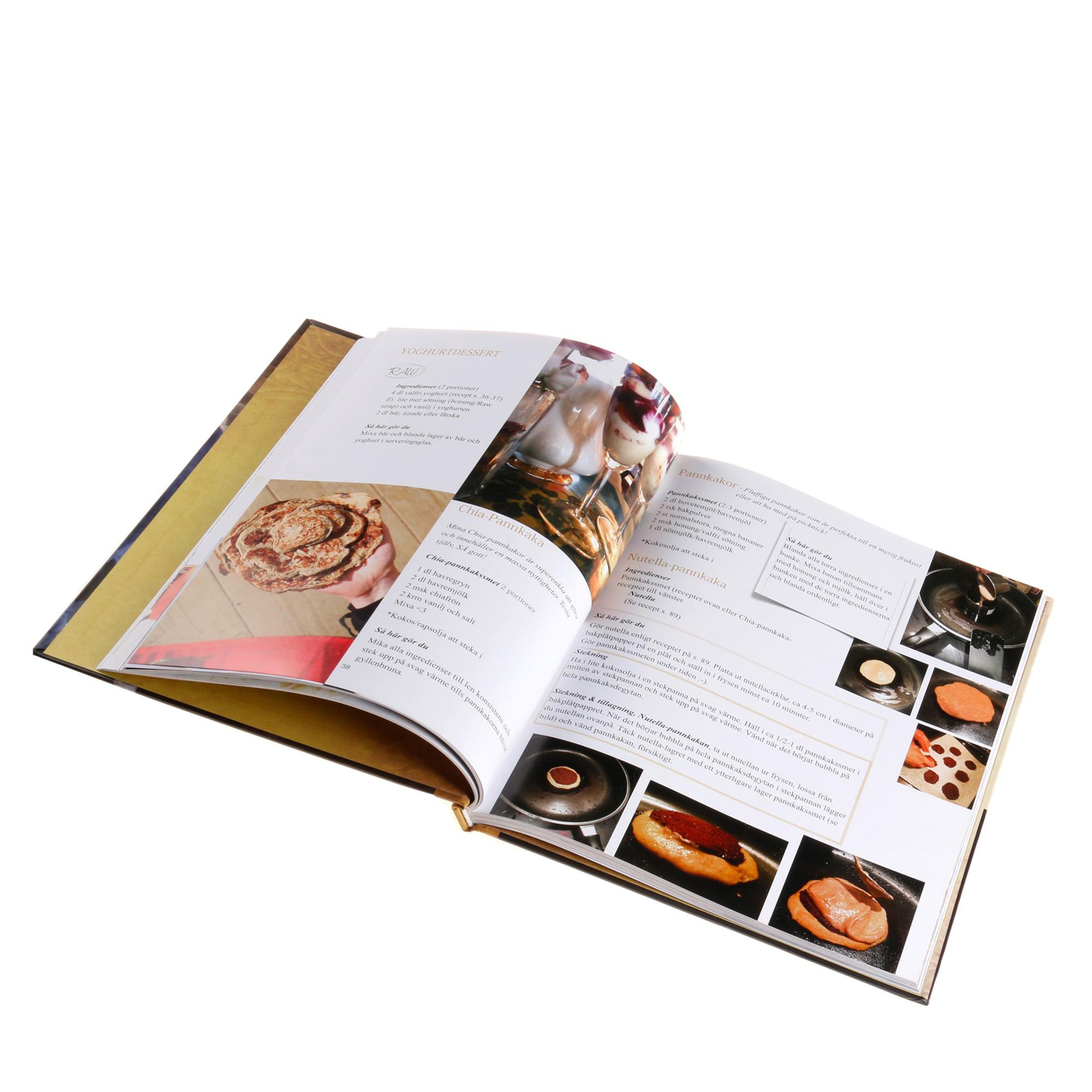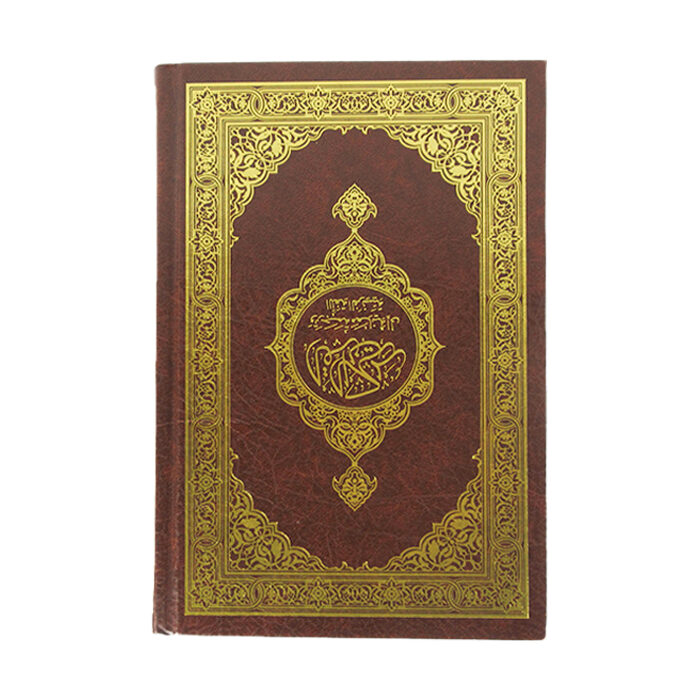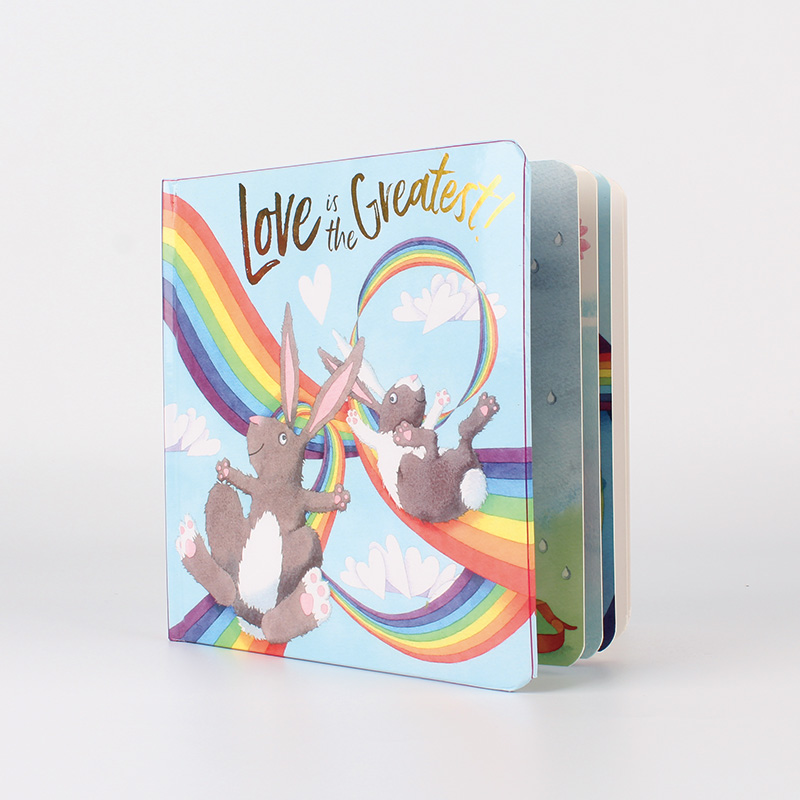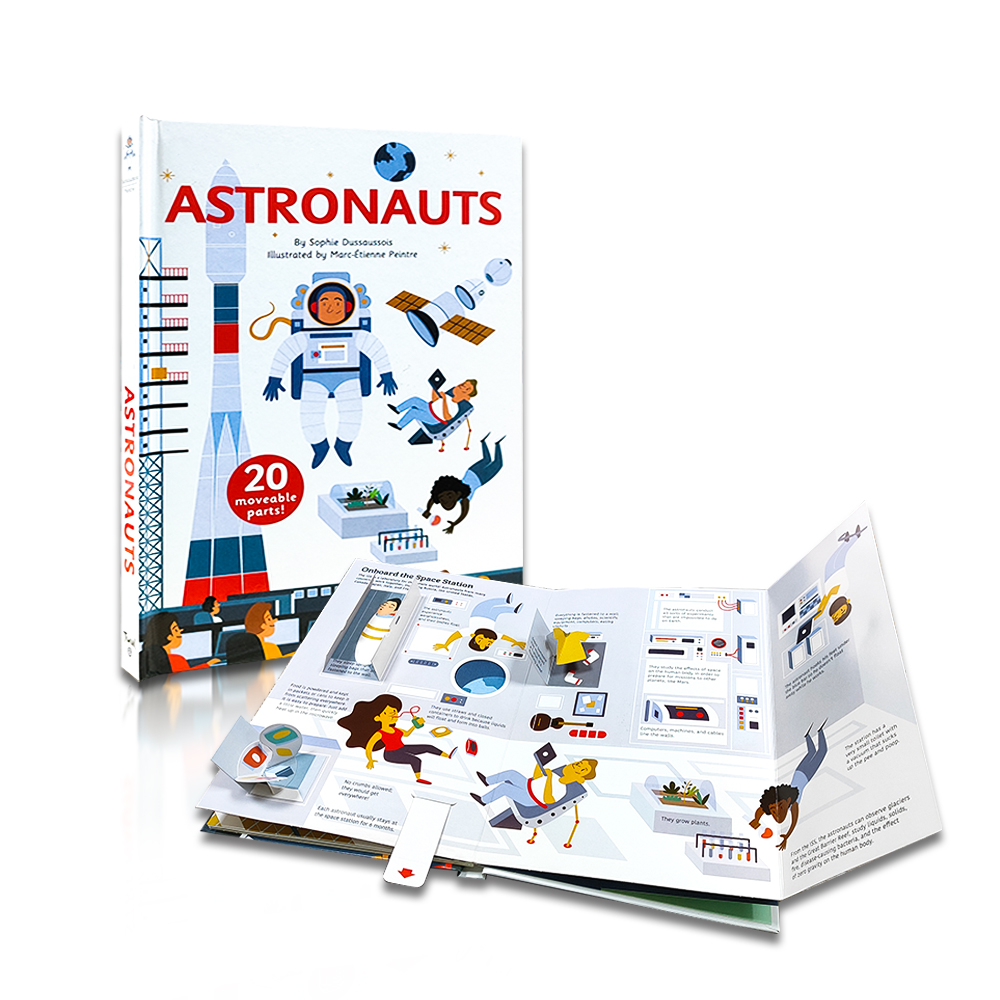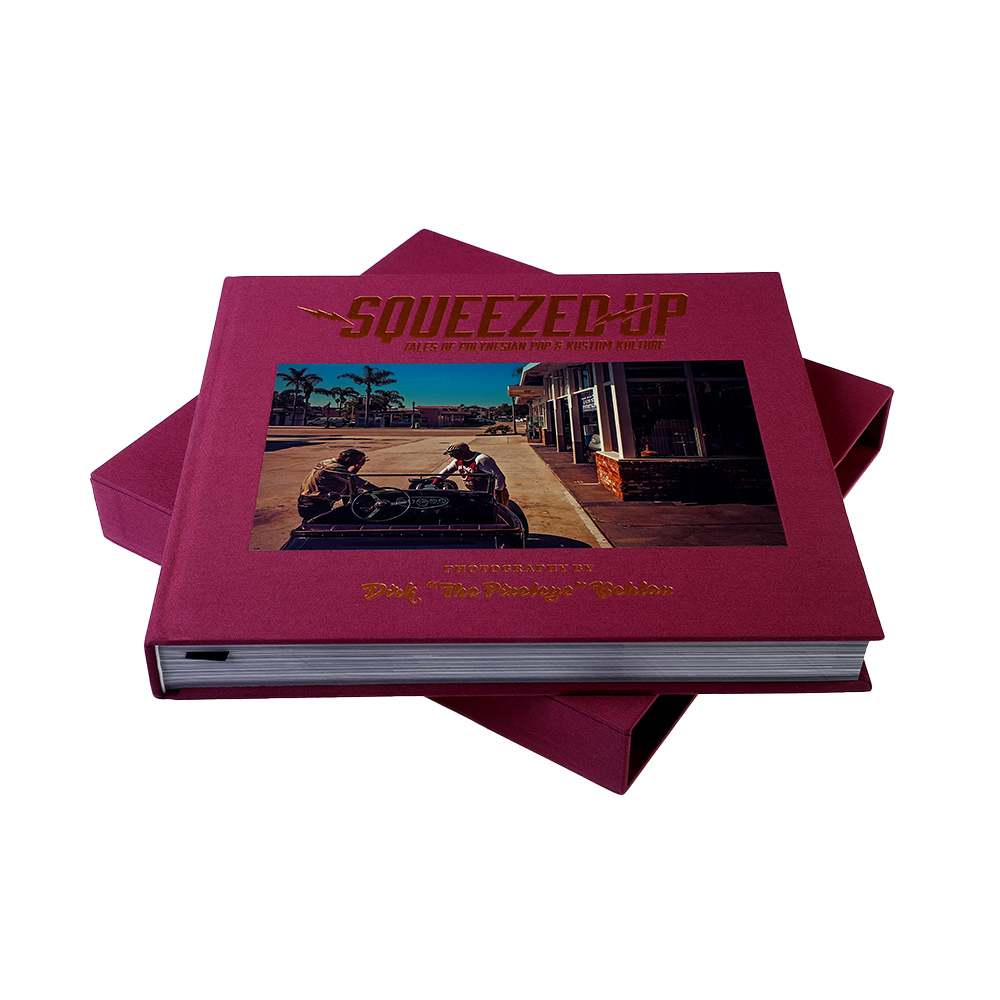- Dom
- Drukowanie książek
- Drukowanie książek kucharskich
- Niska cena fabryczna, niestandardowa, wysokiej jakości drukowanie receptur
Niska cena fabryczna, niestandardowa, wysokiej jakości drukowanie receptur
wprowadzenie do druku książek
| Rodzaj papieru | Art Paper, Cardboard, Coated Paper, Offset paper |
| Typ produktu | Książka |
| Wykończenie powierzchni | Laminowanie folii |
| Typ druku | Druk offsetowy |
| Materiał produktu | Papier i tektura |
| Nazwa produktu | Good quality low cost custom color printing hardcover cook book |
| Rozmiar | 210x297mm |
| Papier okładkowy | 157gsm matte art paper for print hardback book |
| Papier wewnętrzny | 157gsm matte art paper for hardcover book printing |
| Druk | CMYK color printing |
| Wiążący | Hardback binding |
| Proces powrotu | Matte lamination for print hardback book |
| Format dzieła sztuki | PDF proofs and hard proofs |
| Opakowanie | By air |
| Stosowanie | Czytanie |
| Szczegóły dotyczące opakowania | Plastic bag Carton: 245X320X240mm Pallet: 1200X1000X1140mm |
| Sprzedaż jednostek | Pojedynczy przedmiot |
| Rozmiar pojedynczego opakowania | 23X32X3 cm |
| Pojedyncza masa brutto | 3.000 kg |
| Możliwość zaopatrzenia | 50000 Piece/Pieces per Week for print catalogue |
High-Quality Recipe Printing: A Feast for the Eyes and the Palate
In the world of culinary arts, the presentation of recipes is just as important as the dishes themselves. The images featured above showcase a stunning example of high-quality recipe printing that captivates the senses and inspires culinary creativity. This beautifully crafted recipe book is not just a collection of instructions; it’s an artistic portrayal of food that invites readers into a world of flavors, textures, and vibrant colors. The book is designed to not only be functional but also to serve as a decorative piece that brightens any kitchen. With its visually appealing layout, every page turn reveals a tantalizing glimpse of dishes that can be recreated at home, ensuring that each recipe is a delightful adventure for both novice cooks and seasoned chefs alike.
The Essence of High-Quality Recipe Printing
Why Quality Matters
The process of creating a high-quality recipe book involves several printing techniques and materials that contribute to its overall excellence. Here are some key elements that define high-quality recipe printing:
Jakość papieru: The choice of paper is crucial. Glossy paper can enhance color vibrancy and provide a luxurious feel, while matte paper offers a more understated elegance. The thickness of the paper also affects durability and the ability to withstand spills and stains in the kitchen.
Color Precision: Accurate color reproduction is vital for food photography. High-quality printing techniques ensure that the colors of the ingredients are true to life, making the dishes more appetizing. Advanced printing technology allows for precise color matching, which is essential in culinary publications.
Opcje wiązania: The way a cookbook is bound can impact its usability. Lay-flat binding is ideal for recipe books, allowing them to stay open on a countertop without the need for heavy weights. This feature makes it easier for cooks to reference recipes while preparing meals.
Image Resolution: High-resolution images are essential in recipe printing. Crisp, clear images allow readers to see the details of the dishes, making the cooking process more accessible and enjoyable. Blurry or pixelated images can detract from the overall presentation and discourage attempts to recreate the recipes.
Design and Layout
A well-designed recipe book goes beyond just printing; it involves thoughtful layout and design elements that enhance readability and visual appeal. Here are some design considerations:
Typography: The choice of fonts can significantly affect the readability of recipes. Clear, legible typography is essential for ingredients and instructions. Additionally, creative font choices can add personality and style to the book.
Image Placement: Strategically placing images throughout the book can guide the reader’s eye and create a natural flow. Pairing images with corresponding text sections helps readers quickly identify the dish they are interested in making.
Color Scheme: A cohesive color scheme ties the book together and creates a harmonious visual experience. The use of color can evoke emotions and enhance the overall aesthetic, making the cookbook more appealing to potential buyers.
User-Friendly Format: The organization of recipes is vital for usability. Grouping similar recipes together, including an index, and providing clear headings and subheadings can make navigating the book a breeze.
Benefits of Customization
One of the standout features of high-quality recipe printing is the ability to customize the content. Whether it’s a family cookbook filled with cherished recipes or a professional chef’s culinary creations, customization allows for a unique touch. Personalized cookbooks can include:
- Family anecdotes and stories behind the recipes.
- Custom photography that captures the essence of each dish.
- Specific dietary considerations or cooking tips relevant to the audience.
Making Your Cookbook Stand Out
Create a Unique Theme
When designing a cookbook, consider establishing a theme that ties all the recipes together. This could be based on regional cuisines, seasonal ingredients, or even personal stories that highlight the significance of each dish. A cohesive theme will make your cookbook more engaging and memorable for readers.
Incorporate Interactive Elements
Adding interactive elements can enhance the cooking experience. This might include QR codes linking to video tutorials, tips from chefs, or even community feedback sections where readers can share their experiences with the recipes. These elements not only enrich the content but also create a sense of community among readers.
Promote Your Cookbook
Once your high-quality recipe book is printed, effective promotion is essential. Utilize social media platforms to showcase recipes, share behind-the-scenes glimpses of the printing process, and engage with your audience. Hosting cooking demonstrations or book signings can also create buzz and attract potential buyers.
Wniosek
In a world filled with digital content, a beautifully printed high-quality recipe book remains a cherished item in any kitchen. The combination of excellent design, high-quality materials, and personalized touches creates a cooking resource that is both functional and visually appealing. By investing in high-quality recipe printing, you can create a cookbook that inspires culinary exploration, brings families together, and leaves a lasting impression on anyone who opens its pages. Whether you’re a professional chef looking to publish your work or a home cook wanting to share family recipes, consider the transformative power of a well-printed cookbook. It’s not just about sharing recipes; it’s about creating an experience that delights the senses and nurtures a love for cooking.
Opcje papieru do drukowania książek
Znajdź najlepszy papier do druku książek spośród naszej szerokiej oferty papierów bezkwasowych pochodzących z recyklingu
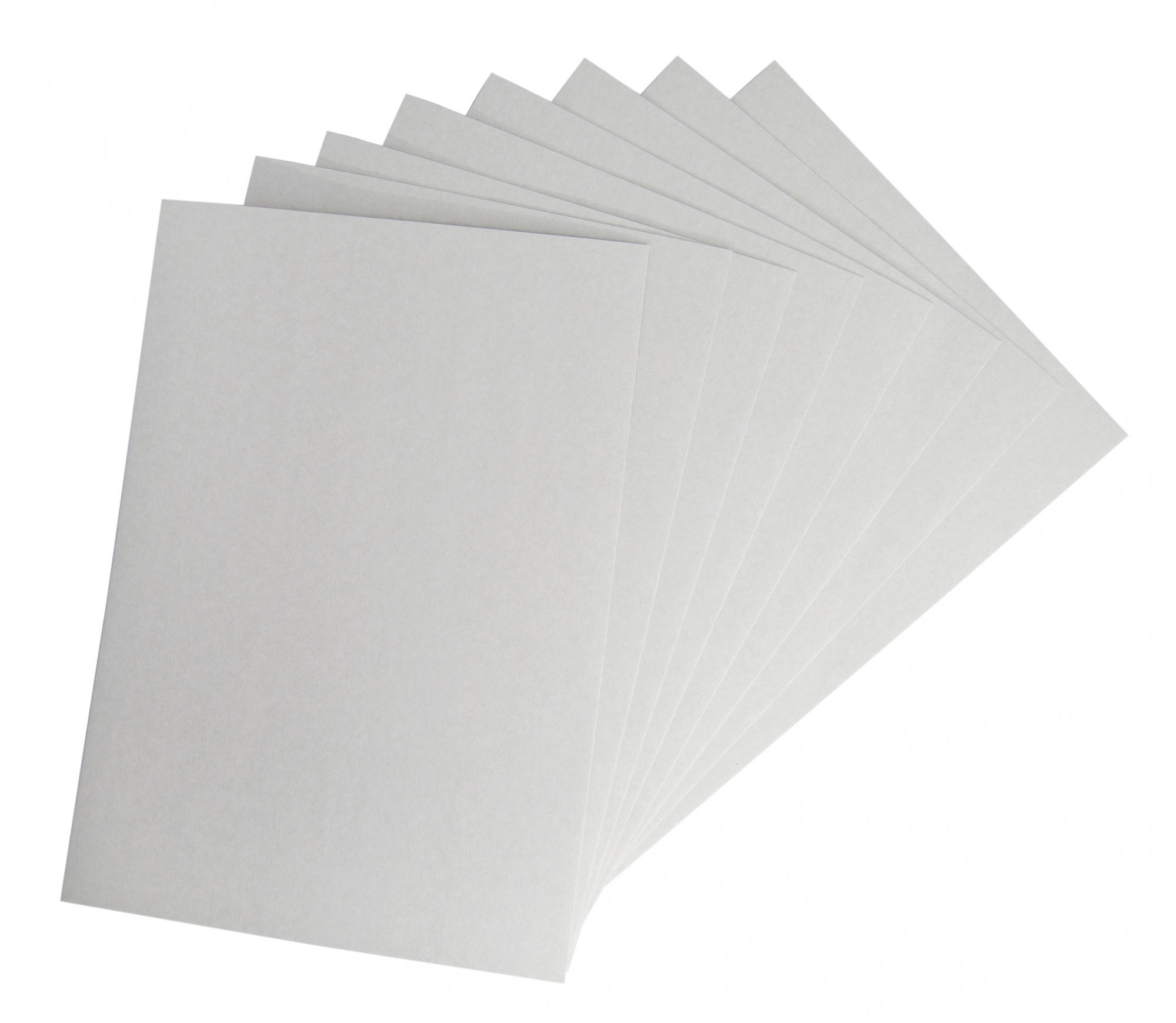
papier artystyczny błyszczący
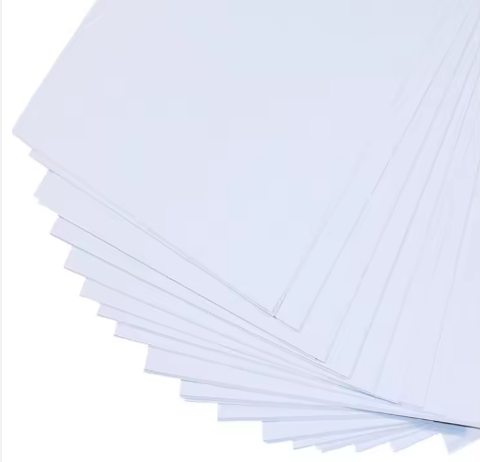
Matowy papier artystyczny
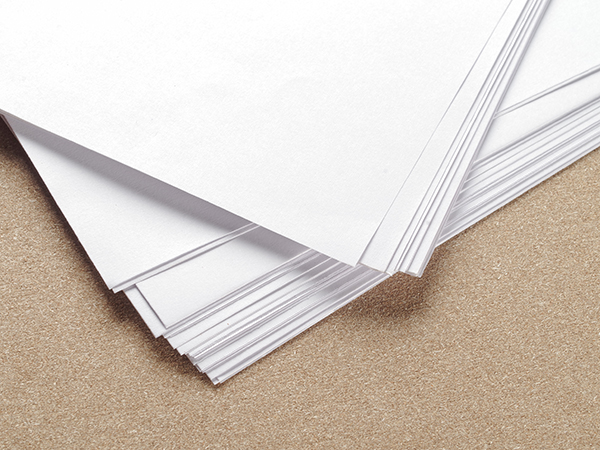
Papier niepowlekany

Papier kolorowy
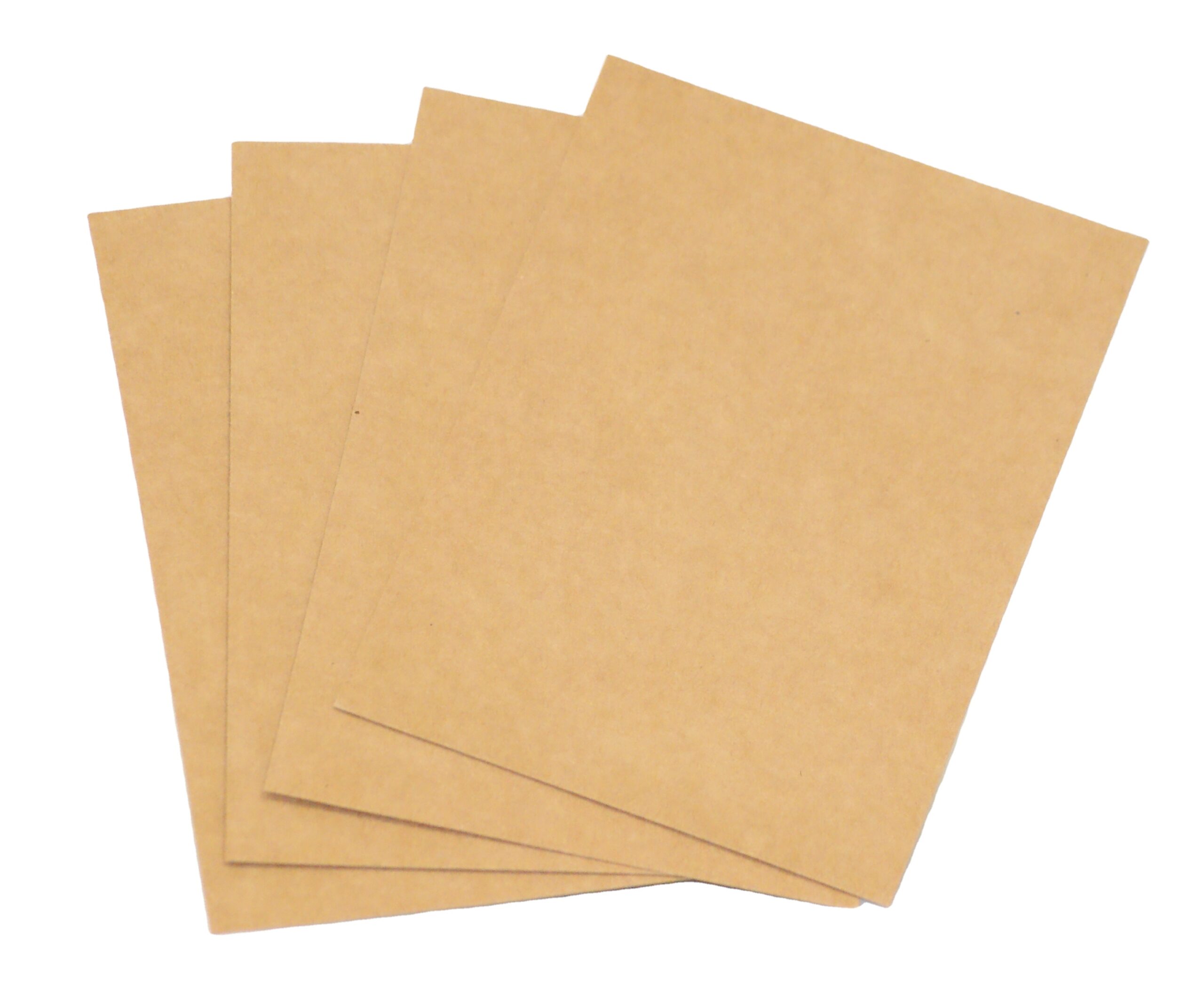
Papier pakowy
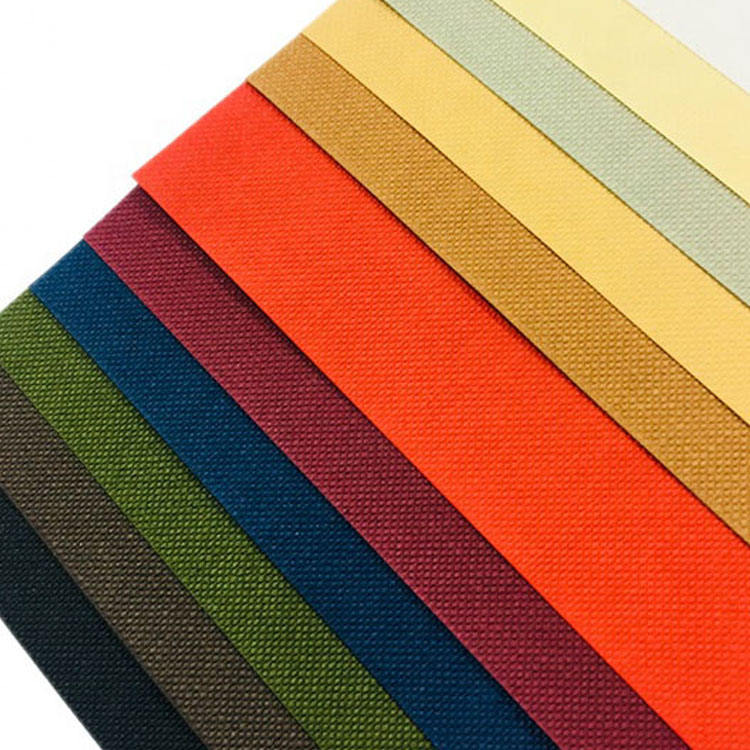
papier teksturowany
Drukowanie książek - rzemiosło specjalne
Obróbka powierzchni druku książkowego stanowi kluczowy etap w poprawie faktury i trwałości dzieła.
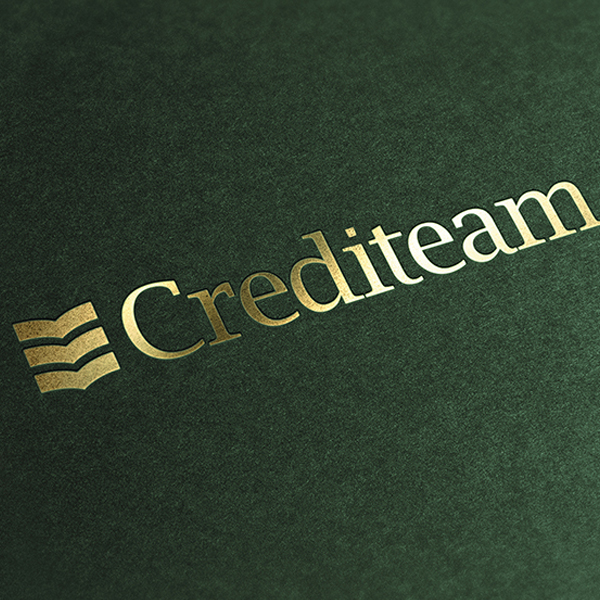
Tłoczenie folią
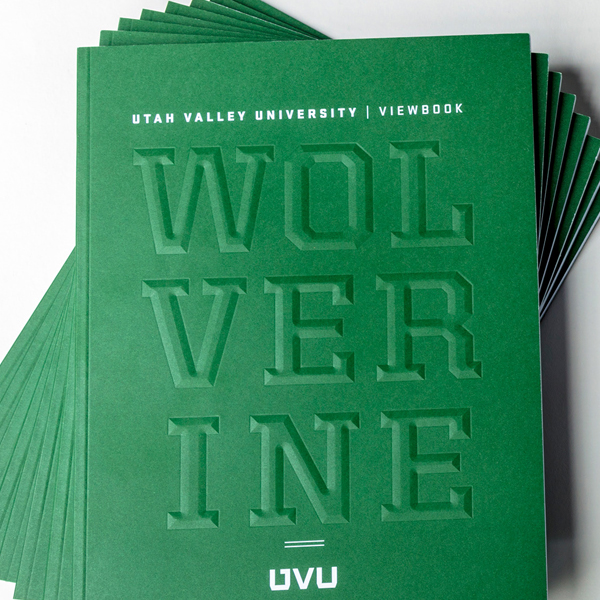
Wytłoczenie
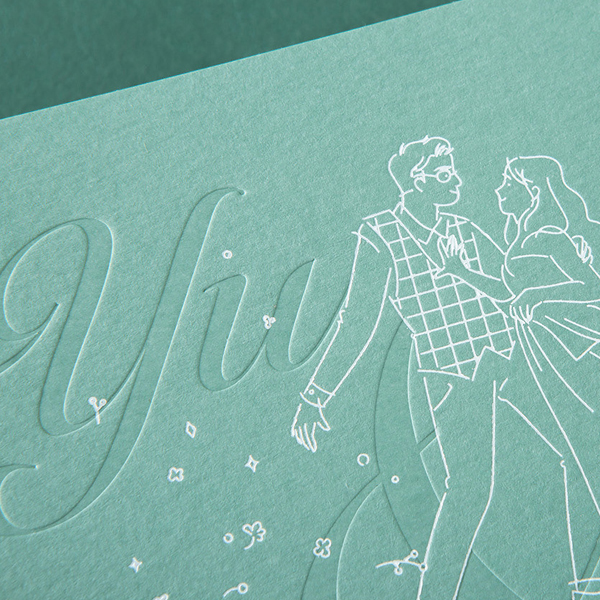
Tłoczenie folią laserową

Brokat UV
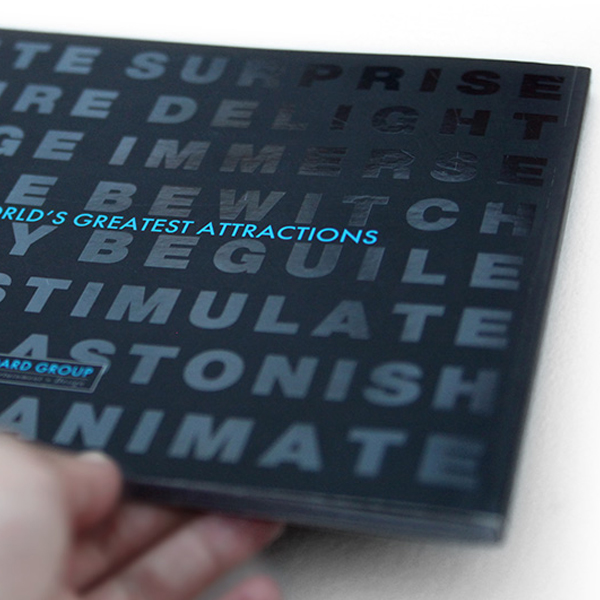
Złota krawędź/Srebrna krawędź

Wyryć
Sposoby oprawiania książek
Bądź kreatywny w tworzeniu swoich książek dzięki naszym różnorodnym opcjom oprawy
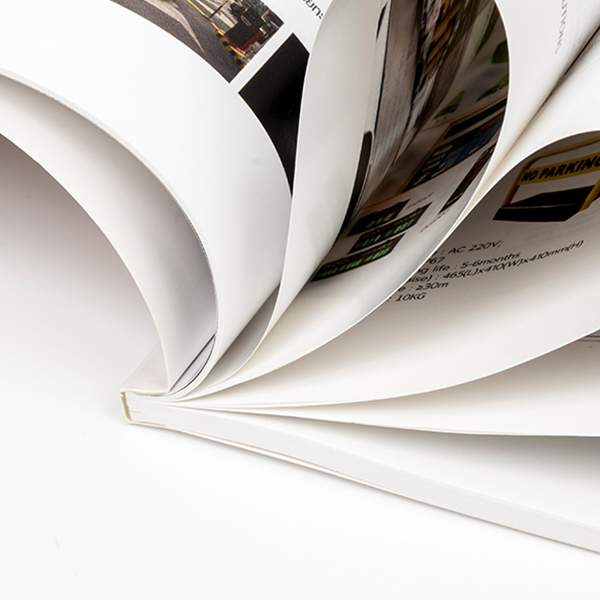
Oprawa klejona
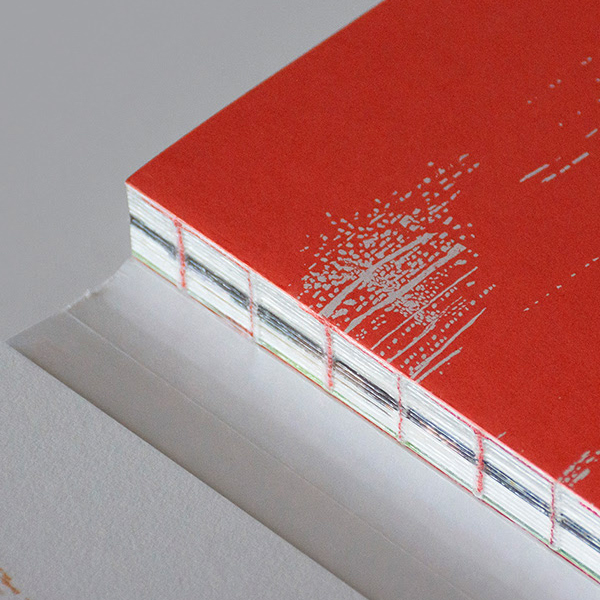
Oprawa szyta
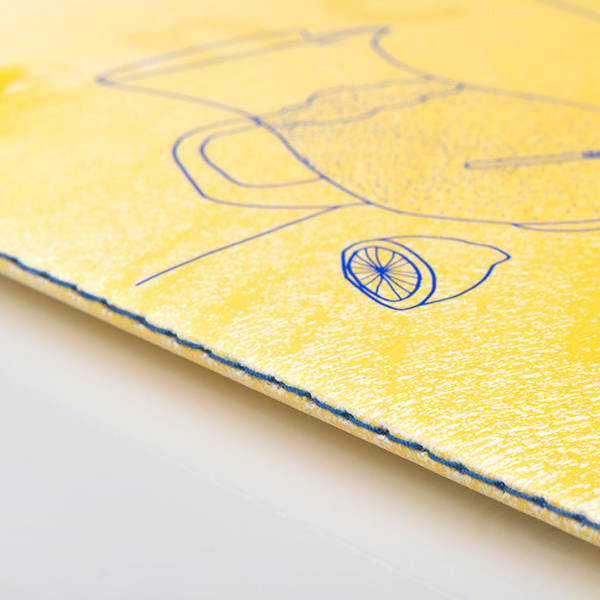
Nić do szycia

Oprawa siodłowa
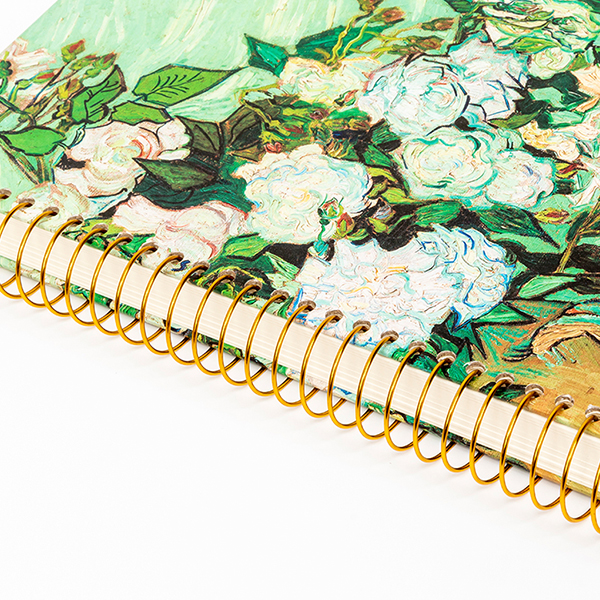
Oprawa spiralna
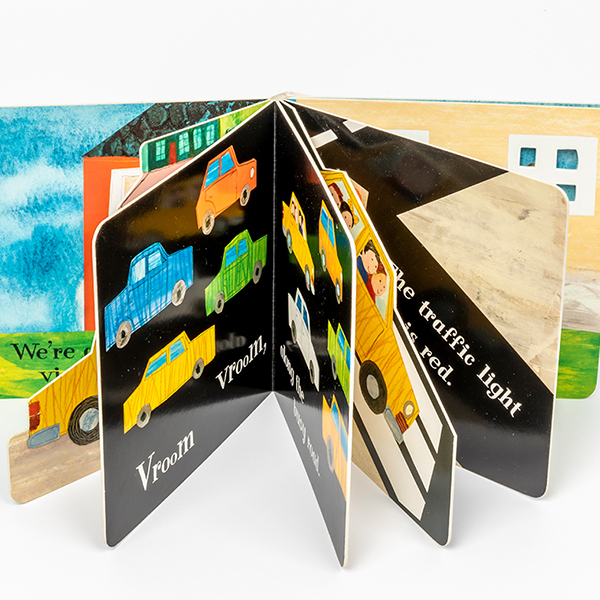
Deska oprawiona
Twoja zaufana fabryka druku książek
Nasze zalety
Jesteśmy wiodącym producentem niestandardowego druku książek. Mamy pięć unikalnych funkcji dostosowywania druku książek w porównaniu z innymi dostawcami. W naszym dziale badawczo-rozwojowym pracuje 30 inżynierów, a w naszych liniach produktów do drukowania książek ponad 300 doświadczonych operatorów. Możemy zapewnić kompleksowe rozwiązanie z bezpłatnymi usługami niestandardowymi i szybką dostawą. Jeśli szukasz wysokiej jakości usług drukowania 100%, skontaktuj się z nami już teraz, aby uzyskać bezpłatną wycenę! Nigdy nie będziesz zawiedziony.
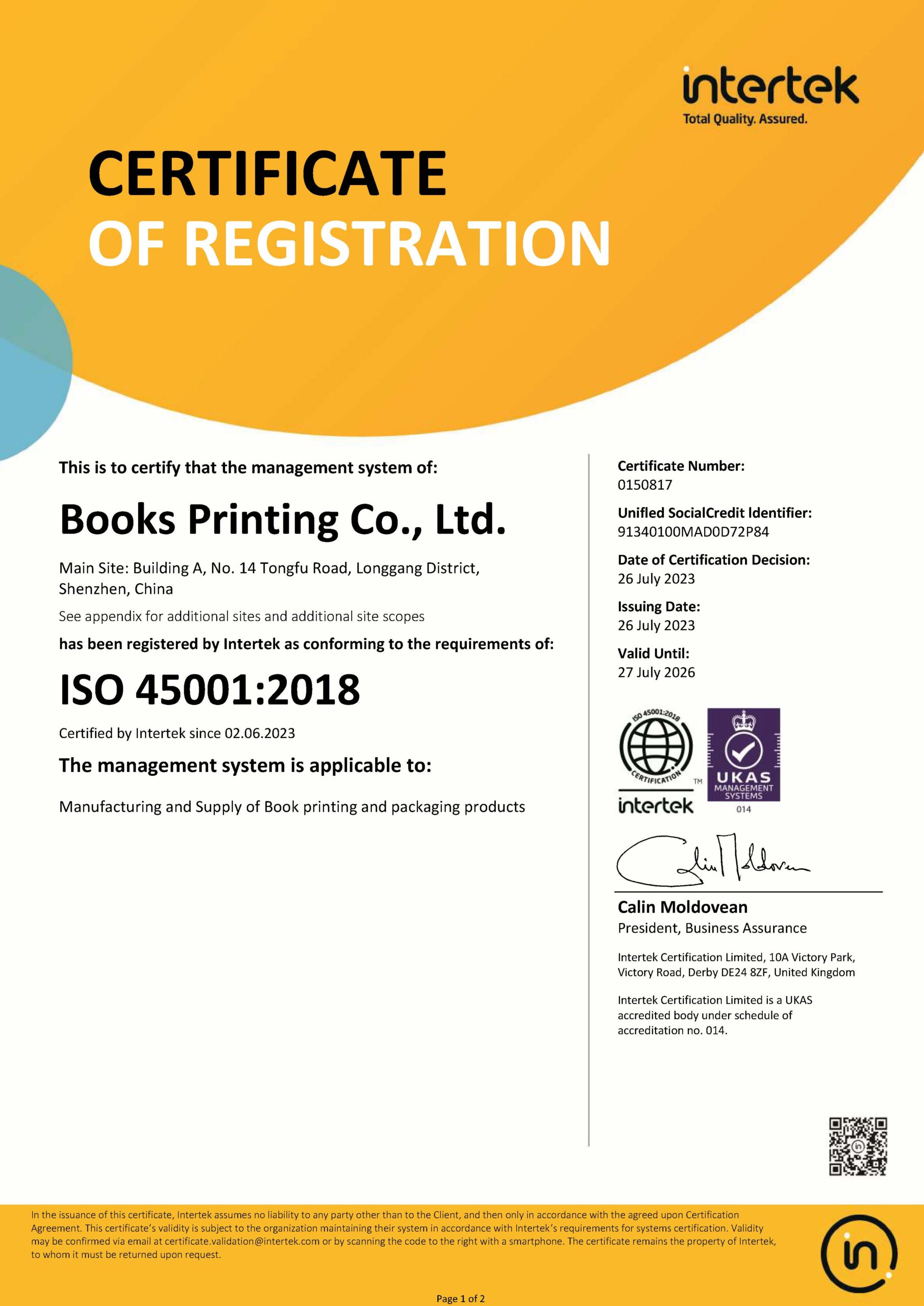


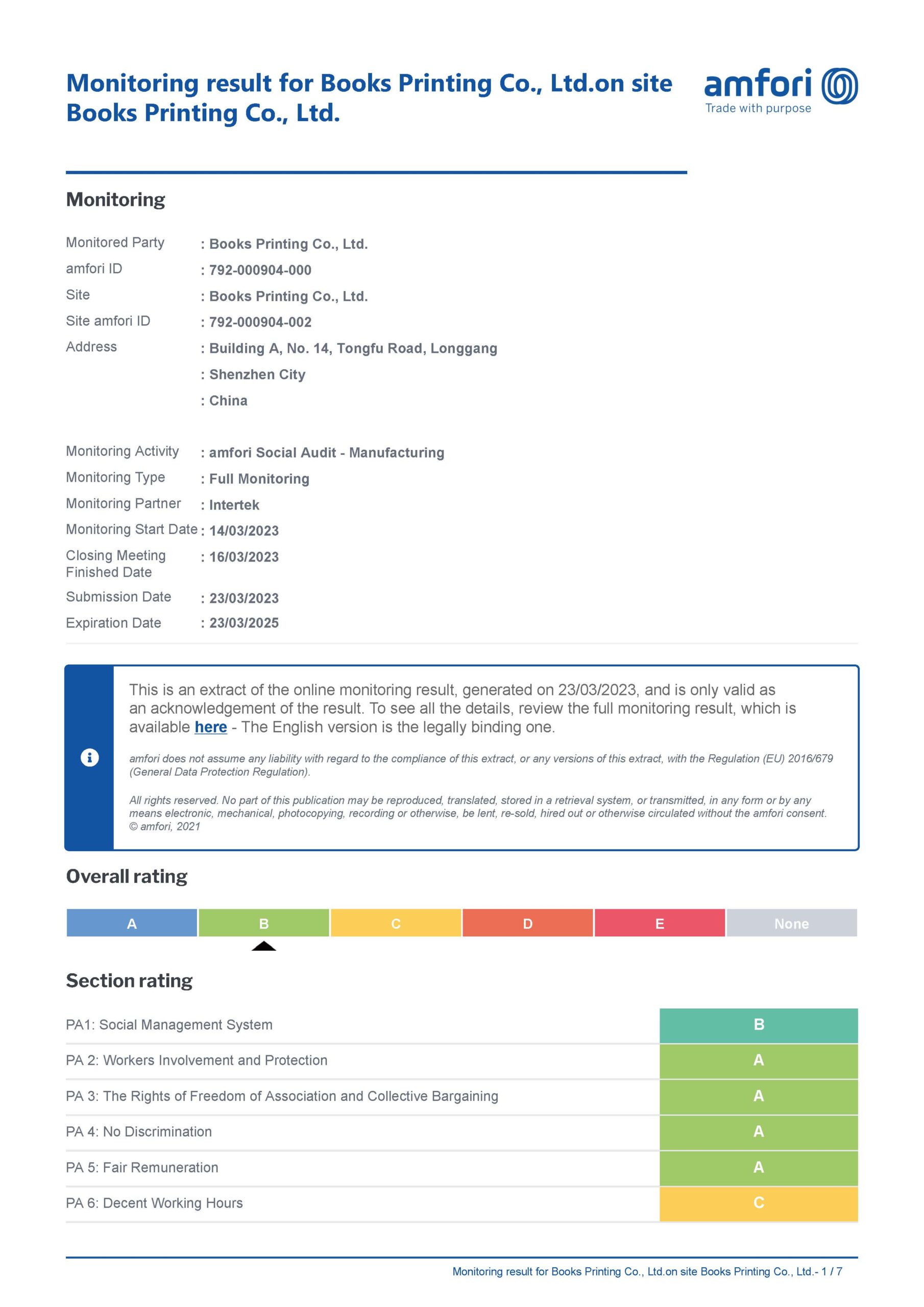
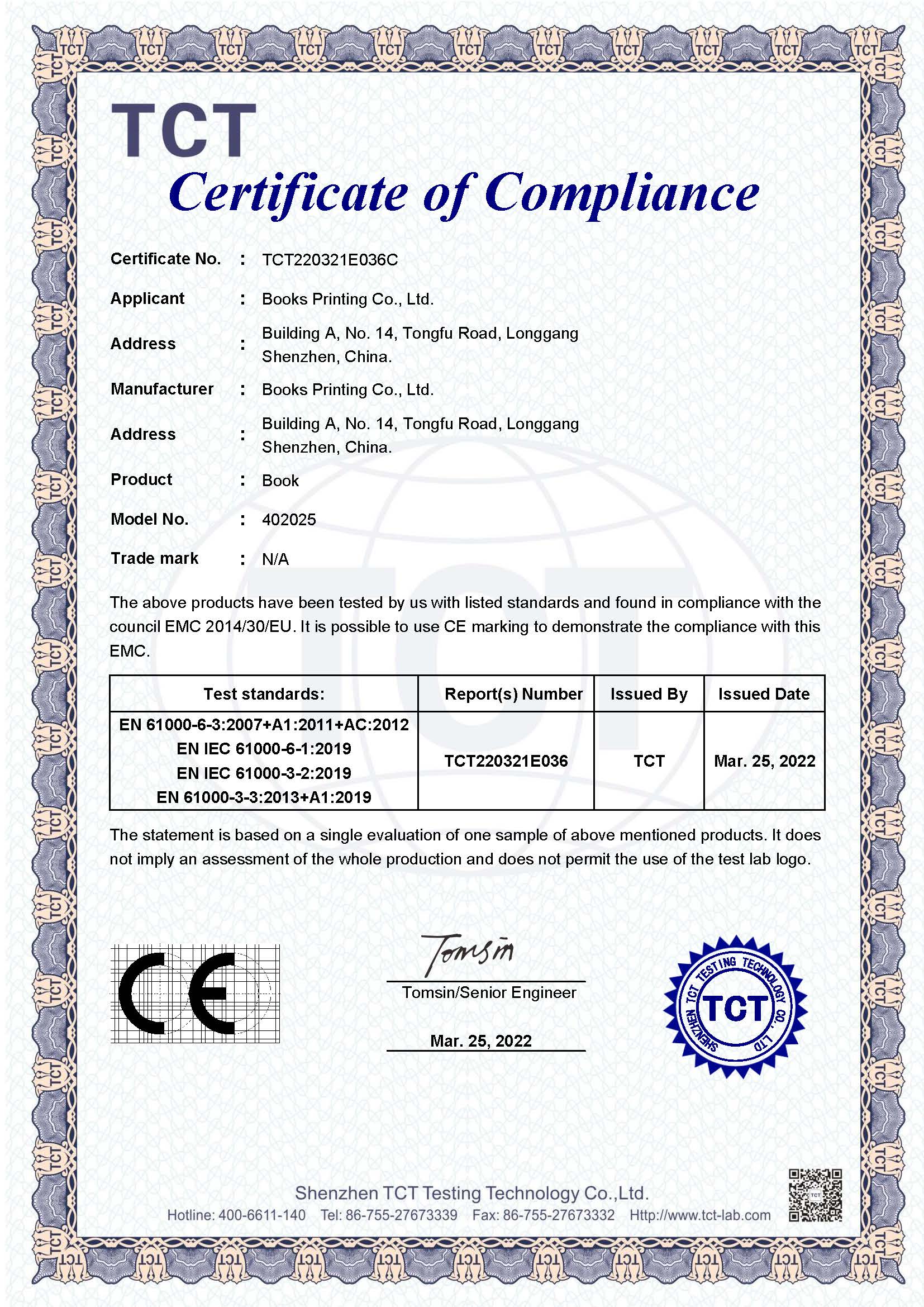
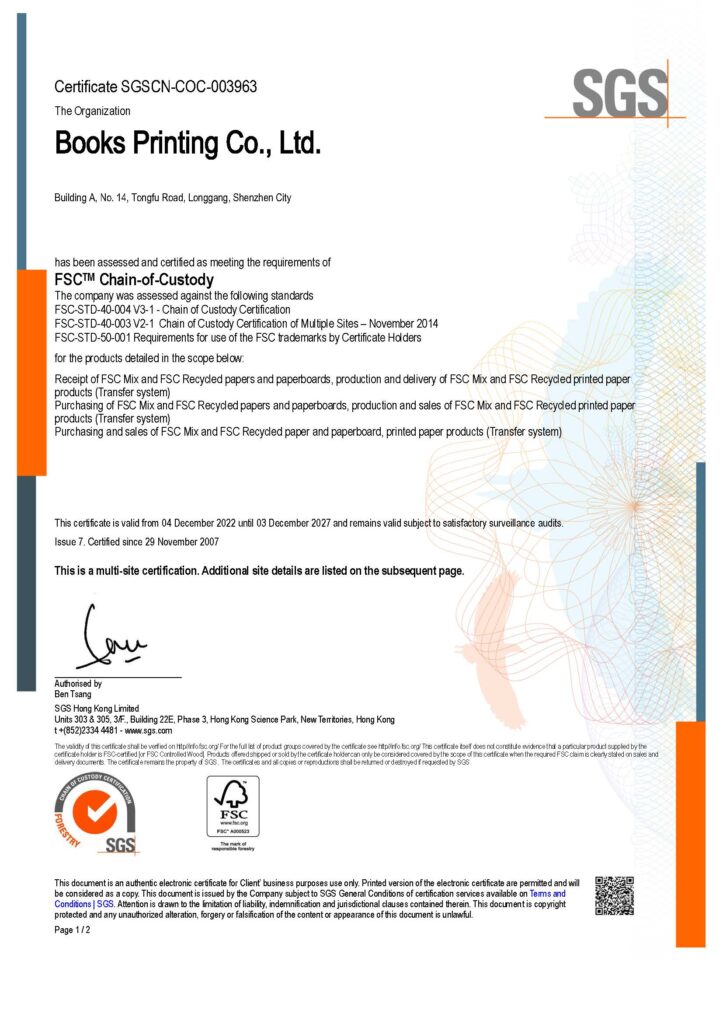
Zaufali nam globalni producenci
Ponad 10 000 klientów nas kocha








Ludzie kochają nasze produkty i usługi
Dowiedz się, dlaczego klienci wybierają nas




Często zadawane pytania
Najczęściej zadawane pytania i odpowiedzi
Nasze MOQ (Minimalna ilość zamówienia 500) opiera się na kosztach oprzyrządowania i konfiguracji dla naszej fabryki, aby produkować niestandardowe wydruki książek. Ponieważ te MOQ są ustalane dla dobra naszych klientów, aby pomóc im zaoszczędzić koszty.
- Ilość: Liczba wymaganych jednostek.
- Wymiary: Wymiary produktu.
- Okładka i zawartość: Szczegóły dotyczące okładki i wszelkiej zawartości pisemnej.
- Drukowanie kolorowe: Określ, czy obie strony mają być drukowane w pełnym kolorze (np. dwustronny pełny kolor).
- Rodzaj i gramatura papieru: Określ rodzaj papieru i jego gramaturę (np. papier artystyczny błyszczący o gramaturze 128 g/m2).
- Wykończenie: Wymagany rodzaj wykończenia (np. laminowanie błyszczące/matowe, powłoka UV).
- Metoda oprawy: Określ metodę oprawy (np. oprawa klejona, oprawa twarda).
Oczywiście! Jak w przypadku wszystkich naszych zamówień na druk książek, im większe zamówienie, tym niższy koszt jednostkowy (większe ilości = oszczędności partii).
Czas potrzebny na realizację Twojego zamówienia zależy od stopnia skomplikowania i zakresu konkretnego projektu, który zostanie ustalony podczas wstępnej konsultacji z naszymi specjalistami ds. pakowania.
Aby spełnić unikalne wymagania i specyfikacje każdego projektu, zazwyczaj potrzeba od 1 do 3 dni roboczych na pobranie próbek i od 7 do 12 dni roboczych na realizację zamówienia.
Współpracując z firmą Book Printing nie musisz martwić się wyborem metody wysyłki!
Nasi eksperci ds. produktów pomogą Ci zarządzać i planować całą strategię wysyłki i logistyki, aby pomóc Ci zaoszczędzić koszty, a jednocześnie zapewnić terminową dostawę opakowań pod Twoje drzwi!
1. Najlepszym formatem dla prac graficznych jest PDF, AI, CDR, itp.
2. Zdjęcia muszą być w rozdzielczości co najmniej 300 DPI.
3. Pozostaw spad po każdej stronie wynoszący około 0,12 cala (3 mm).

